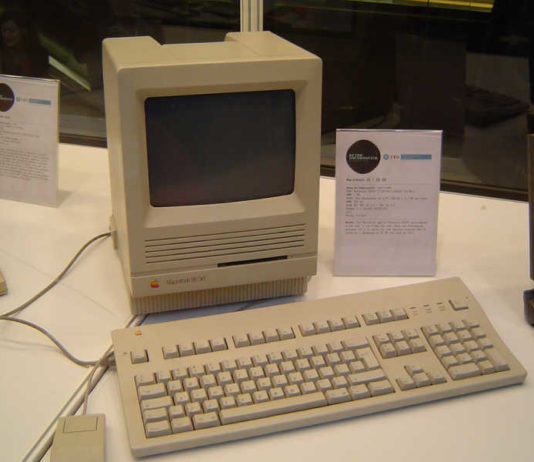Mark:
Welcome to PeopleTech, the podcast of the HCM Technology Report. I'm Mark Feffer. Today I'm speaking with Purbita Banerjee. She's a senior vice president and Head of Product Management at Korn Ferry. We're going to talk about the dynamics of today's workforce, labor shortages in HR, tech, and...
Companies are quietly hiring contract workers even as they assign work to remaining employees to make up for layoffs, according to a study from ResumeBuilder.com.
The company defines quiet hiring as "the practice of either hiring contract workers or asking existing employees to take on new or additional tasks."
Cost-cutting measures have...
The pressure of the pandemic has led both employers and job candidates to make impulsive hiring and technology decisions that haven’t always worked out, according to Modern Hire. But in 2023, the company expects to see HR leave “reactionary measures” to focus on techniques that drive efficiency, effectiveness, engagement,...
Small and medium-sized businesses will increase their technology spending during 2023, although not to pre-pandemic levels. The growth could set the stage for the increasing use of HR-related software solutions and funding of post-pandemic digital transformation efforts.
The technology research and consulting firm Analysys Mason believes that the 145 million...
The global employee recognition system market is projected to reach $34.1 billion by 2030, according to Acumen Research and Consulting. That's up from the $11.1 billion in 2021, and represents a CAGR of 13.4%.
With recent changes in the labor market and evolving employee expectations, recognition programs, platforms and systems...
Another year’s ending and this time, it seems, we can look around and feel like the world’s getting back to something like normal. Just as they were in 2019, people are out and about, even if many remain wary of crowded spaces. Offices are re-opening, though much of the...
Businesses should consider redeploying workers before they take steps toward layoffs during a crisis, said HR advisory firm McLean & Company in a new report, Redeploy Your Workforce During a Crisis. The firm believes layoffs should only be imposed as "an unavoidable, final course of action."
McLean said this approach will better position...
During 2023, employers will spend more time and energy reexamining HR's role, the employee experience, DEI, digitization and the struggle to close skills gaps.
The HR Trends Report 2023, from HR consultancy McLean & Company, says these trends have appeared even as HR’s effectiveness and role as a strategic partner have become stronger,...
Some 60 million Americans performed freelance work at some point over the last 12 months, according to Upwork. That represents 39% of the total American workforce, the company said in its study of independent workers, Freelance Forward: 2022.
“Freelancing continues to gain popularity among skilled professionals as more people evaluate...
Nearly three-quarters of chief finance officers (74%) expect talent or labor costs to jump substantially in the coming year. This comes as 41% of them feel pessimistic about their companies’ financial prospects during 2022's fourth quarter, up from 37% in the third.
These are some of the key findings of Deloitte’s Q4 2022...






















